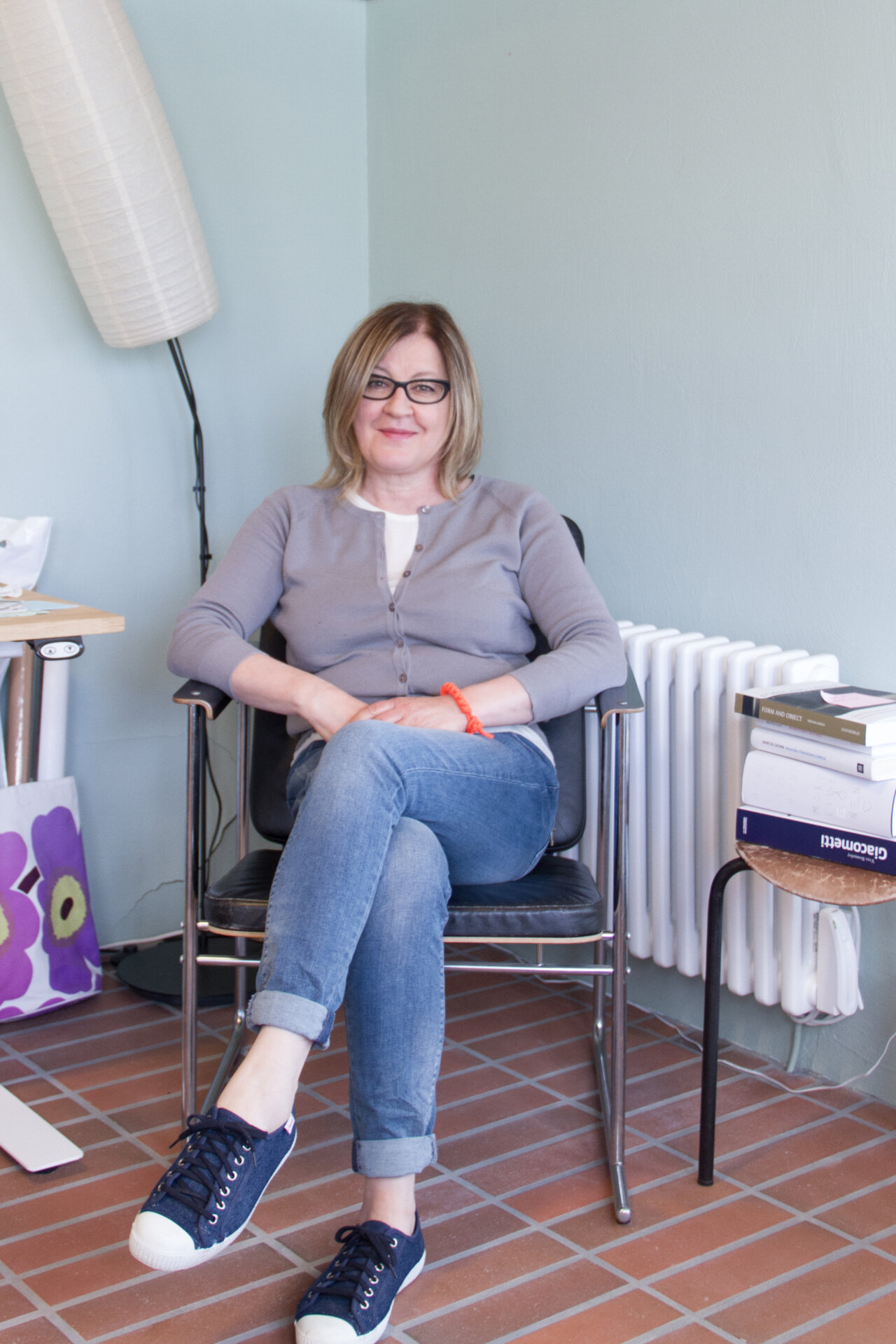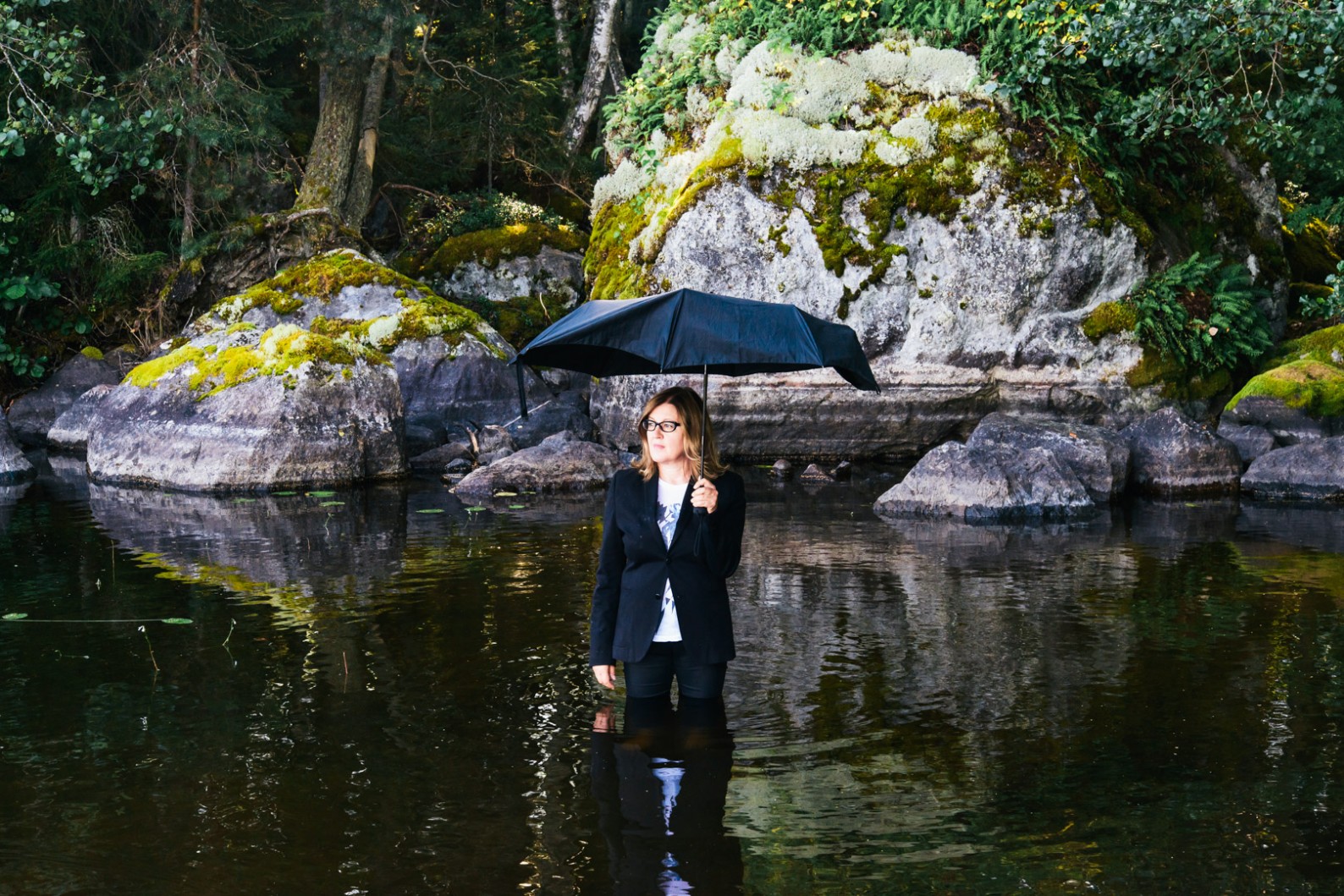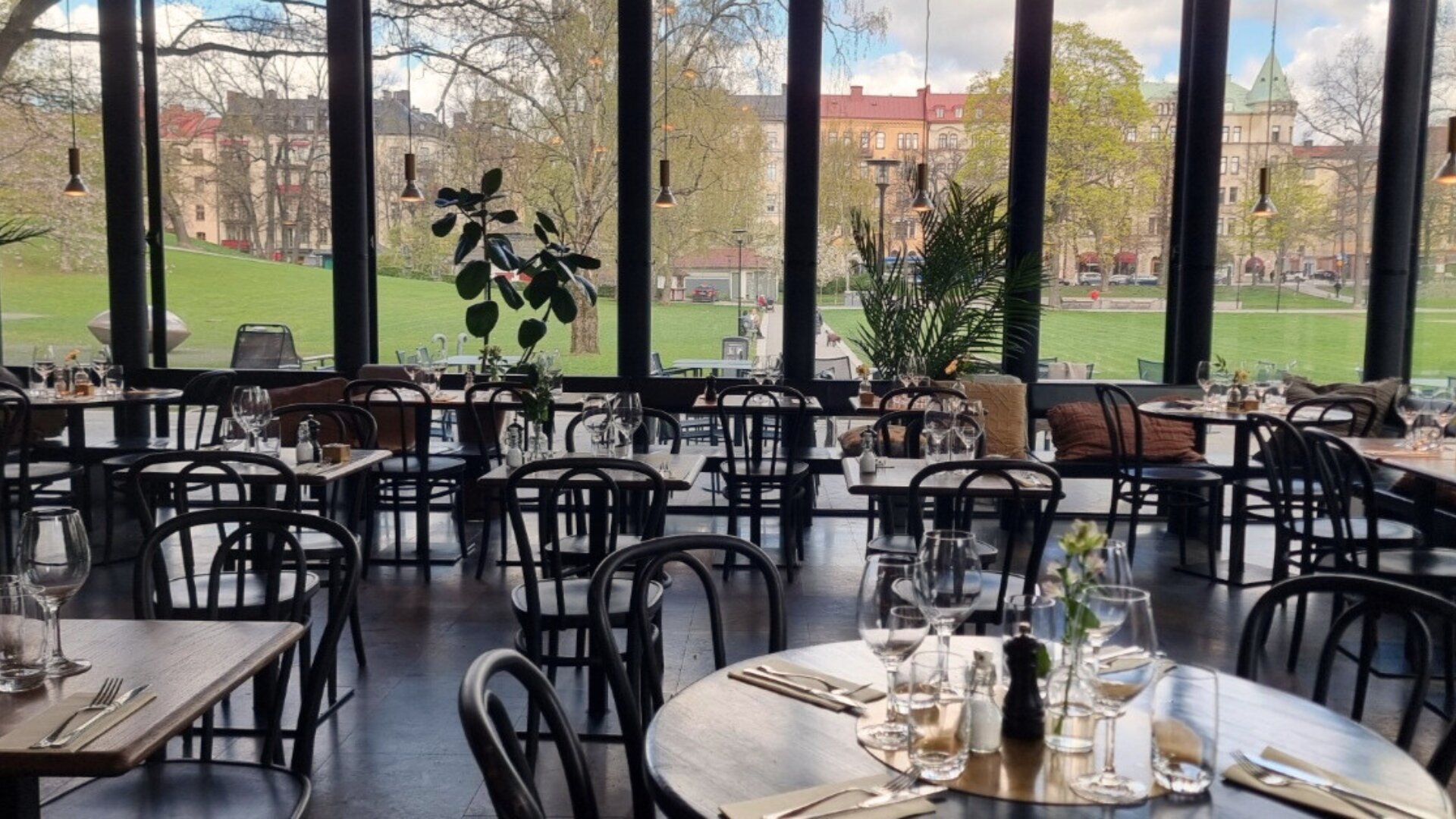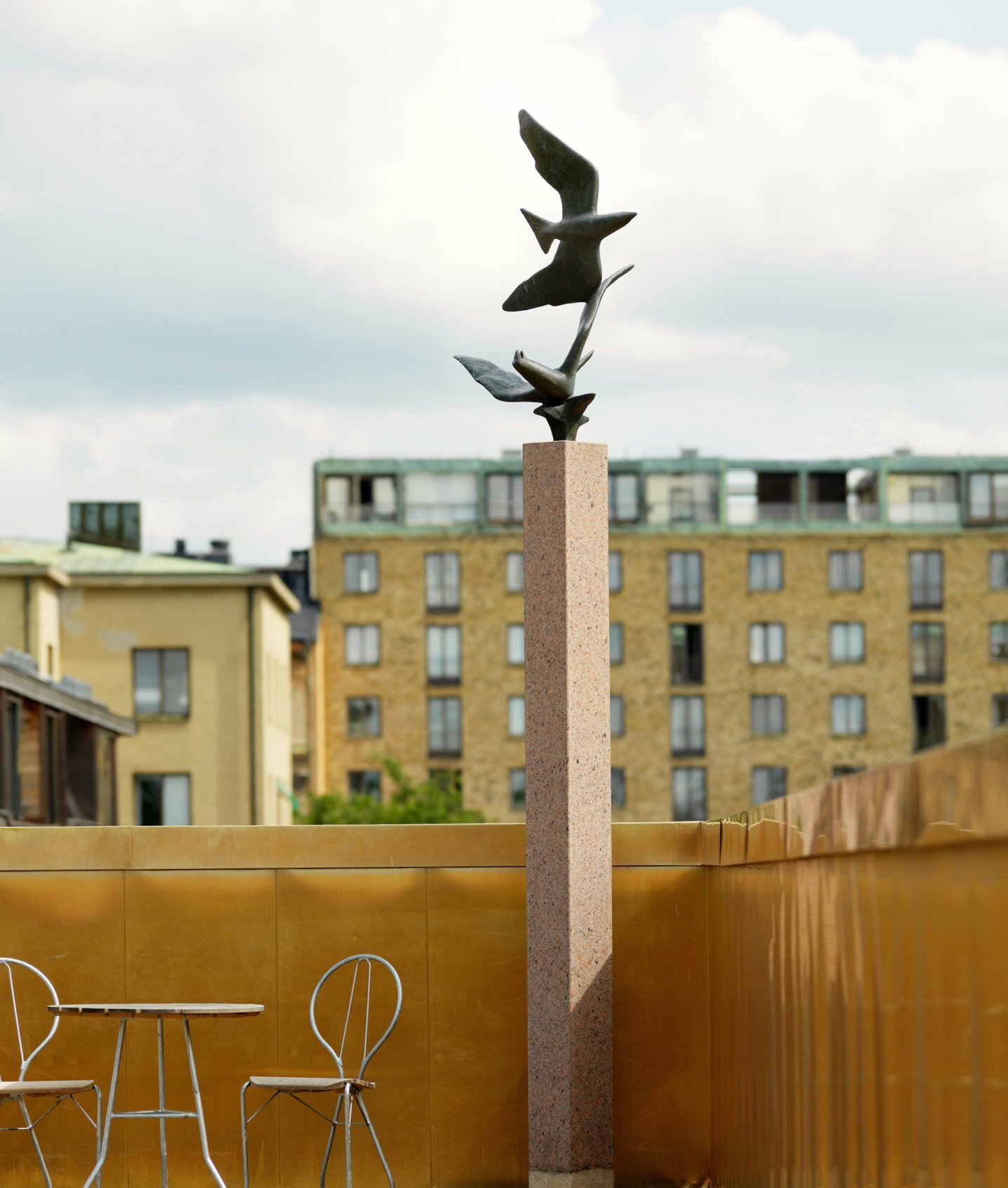Eija-Liisa Ahtila
Eija-Liisa Ahtila (f. 1959) är en av Nordens mest erkända samtidskonstnärer. Hennes verk utforskar skärningspunkterna mellan bild, språk, berättelse och rum. De undersöker ofta den individuella identiteten och subjektets gränser i förhållande till den yttre världen. Genom storskaliga installationer med projektioner på flera paneler använder Ahtila filmens visuella språk för att skapa uppslukande upplevelser som utmanar och undergräver traditionella föreställningar om berättande och perception.

The focus of my practice since the mid-2000s has been to disengage moving image art from anthropocentrism and to create a corresponding shift in expression. In the multi-channel installations I have searched for ways in which the language of the moving image could be constructed to create a relevant depiction of reality in this time of the fight against climate warming, overconsumption and mass extinction.
Because of the extensive nature of this issue, I have approached it in the works from different viewpoints. Together they then form a kind of continuum.
During the research and making of each work, new information and questions arise that I subsequently explore in the next piece. Selecting a different viewpoint opens up the issue at hand and bring forth valuable information that can be used to take the next step.
This approach has enabled me to ask interconnected questions about the ecological moving image, such as, can a tree be the protagonist of a story (Horizontal, 2011); how is representation affected by the aspect ratio of the film camera, and what things cannot be depicted with a low, horizontal rectangular film frame (Annunciation, 2010); or how do the traditional rules of film editing produce familiar narrative structures that are nevertheless not suited to depicting non-human species (Anthropocentric Exercises on Film, 2011). The question that arises from such considerations is how the technology and instruments of the moving image might be adapted to narration in which information can only be captured by realigning that very same technology.
Such considerations led me to create a work in the form of a lecture-performance (Studies on the Ecology of Drama, 2014). Its aim was, and is, to draw attention directly to the building blocks of cinematic narrative, such as the manipulation of time and space, the role and means of the performer, and the construction of visual information. This is achieved in the work through the use of analogies and the exposition of different modes of perception. The purpose of highlighting these devices and methods of moving image depiction is to establish an intelligible and reasoned starting point for change.
At the moment (2024) I’m working on a piece called Reflection of a Forest (workin title). The concept and starting point of the construction of the work is the spatiality of being – how life exists in a shared space created by the diversity of its inhabitants. This notion of the nature of life leads to the question, how to present such a reality – how to create other kinds of images of our habitats and its living beings – of human and non-human life and the cohesion. The initial starting point for the work was the forest, because the manner of its existence best corresponds to the idea of a shared space of being. As the work progressed, however, the idea of possible spaces expanded. For instance, one of the scenes has been shot in an old slalom slope which has since grown to a special ”gray forest” because of the change in circumstances that the short lived human projects caused.


